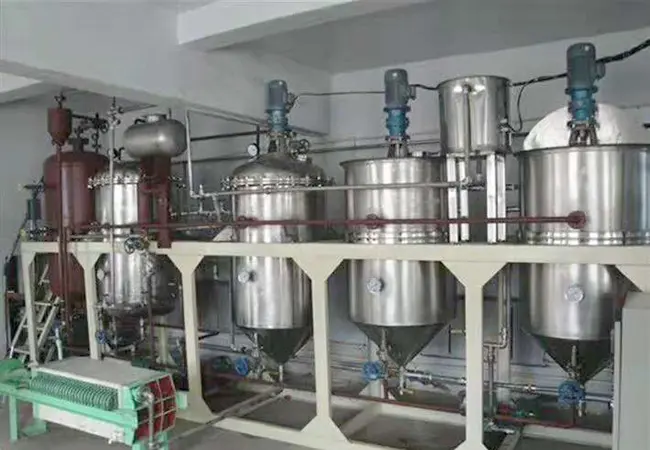Aug . 11, 2024 05:18 Back to list
Exploring the Mechanisms of Oil Press Factories and Their Impact on Production Efficiency
The Role of the Press Shaft in Oil Press Factories
In the world of oil extraction, the machinery utilized is pivotal to the efficiency and effectiveness of the process. Among the various components of an oil press, the press shaft stands out as a critical element in ensuring optimal performance. This article delves into the significance of the press shaft in oil press factories, exploring its construction, function, and impact on oil extraction.
Understanding the Press Shaft
The press shaft, often made from high-strength steel or durable alloys, is a cylindrical component that plays a central role in the oil extraction process. It is designed to withstand high pressures and temperatures, which are common during the oil extraction process. The design and engineering of the press shaft are crucial as they influence the overall efficiency of the oil press.
The Function of the Press Shaft
The primary function of the press shaft in oil press factories is to provide the necessary pressure to extract oil from oilseeds. When seeds, such as soybeans, sunflowers, or peanuts, are fed into the press, the press shaft rotates, moving the seeds through a cylindrical chamber. This chamber is outfitted with a series of grooves that help to crush and break down the seeds, allowing for the oil to be released. As the shaft turns, it creates heat and pressure, which further aids in the extraction process.
The design of the press shaft also facilitates the separation of oil from the solid components of the seeds. The press shaft’s rotation drives the seeds forward while simultaneously squeezing them against the chamber walls, thereby forcing the oil out. This process is known as mechanical extraction and is one of the most commonly used methods in oil press factories due to its efficiency and cost-effectiveness.
Impact on Oil Extraction Efficiency
press shaft of oil press factories

The efficiency of oil extraction largely depends on the performance of the press shaft. A well-designed shaft can significantly enhance oil yield, reduce waste, and lower energy consumption. If the press shaft is not adequately engineered, it may lead to various issues such as incomplete extraction, excessive wear and tear, and increased operational costs.
Moreover, the speed and pressure applied by the press shaft can be adjusted, allowing factories to optimize the extraction process for different types of seeds. For instance, certain seeds may require higher pressures or slower speeds to achieve maximum oil yield. This flexibility helps oil press factories to cater to a diverse range of oilseeds, thereby expanding their market potential.
Maintenance and Longevity
Regular maintenance of the press shaft is essential for ensuring the longevity and efficiency of the oil press. Over time, wear and tear can lead to reduced performance and increased risk of breakdowns. Routine inspections and proactive maintenance can mitigate these risks, allowing for uninterrupted production and consistent product quality.
In addition, advancements in technology have led to the development of more durable materials and coatings for press shafts, which can further enhance their lifespan and efficiency. Oil press factories investing in high-quality components, including press shafts, are likely to experience significant improvements in operational efficiency and cost savings over time.
Conclusion
In conclusion, the press shaft is a vital component in oil press factories, functioning as the muscle behind oil extraction. Its ability to generate the necessary pressure, coupled with its design and maintenance, directly impacts the efficiency of the extraction process. As the oil industry continues to evolve, understanding the importance of the press shaft and investing in its optimization will be key for factories looking to thrive in a competitive market.
-
Leading Food Oil Refined Unit Companies | Quality & Efficient Solutions
NewsAug.27,2025
-
Expert Food Oil Refined Unit Companies | Advanced & Efficient Refining
NewsAug.26,2025
-
Food Oil Refined Machine Companies: High-Efficiency Oil Refining
NewsAug.25,2025
-
Popular Commercial Oilseed Crushing Machinery | High-Yield Oil Expeller Press
NewsAug.24,2025
-
Food Oil Refined Unit Companies: Leading Manufacturers & Exporters
NewsAug.23,2025
-
Expert Oil Filter Machine Service & Solutions | Quality & Reliability
NewsAug.22,2025
